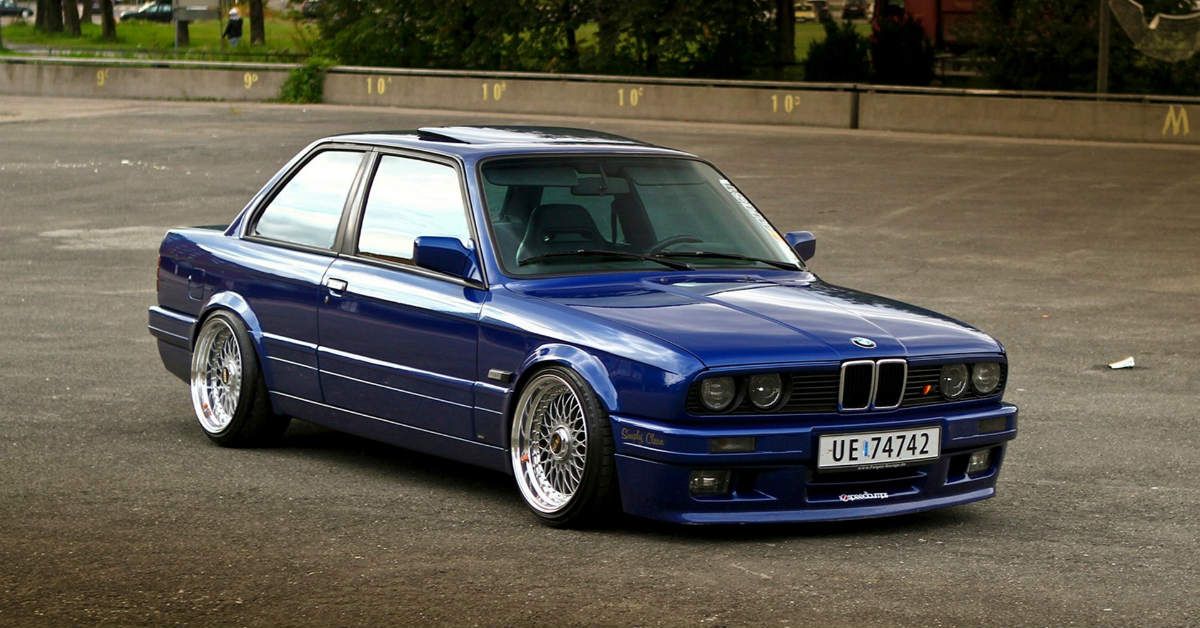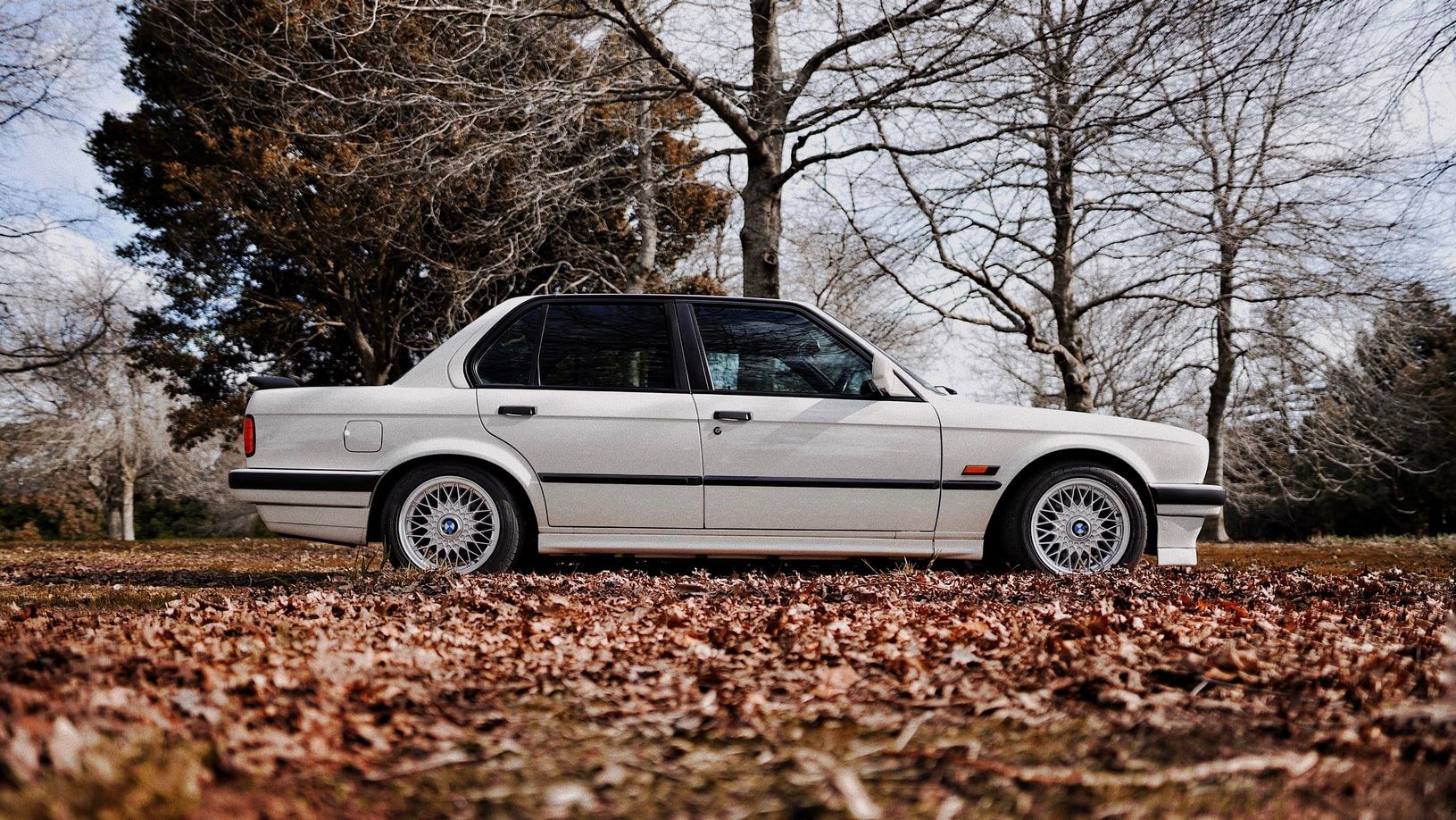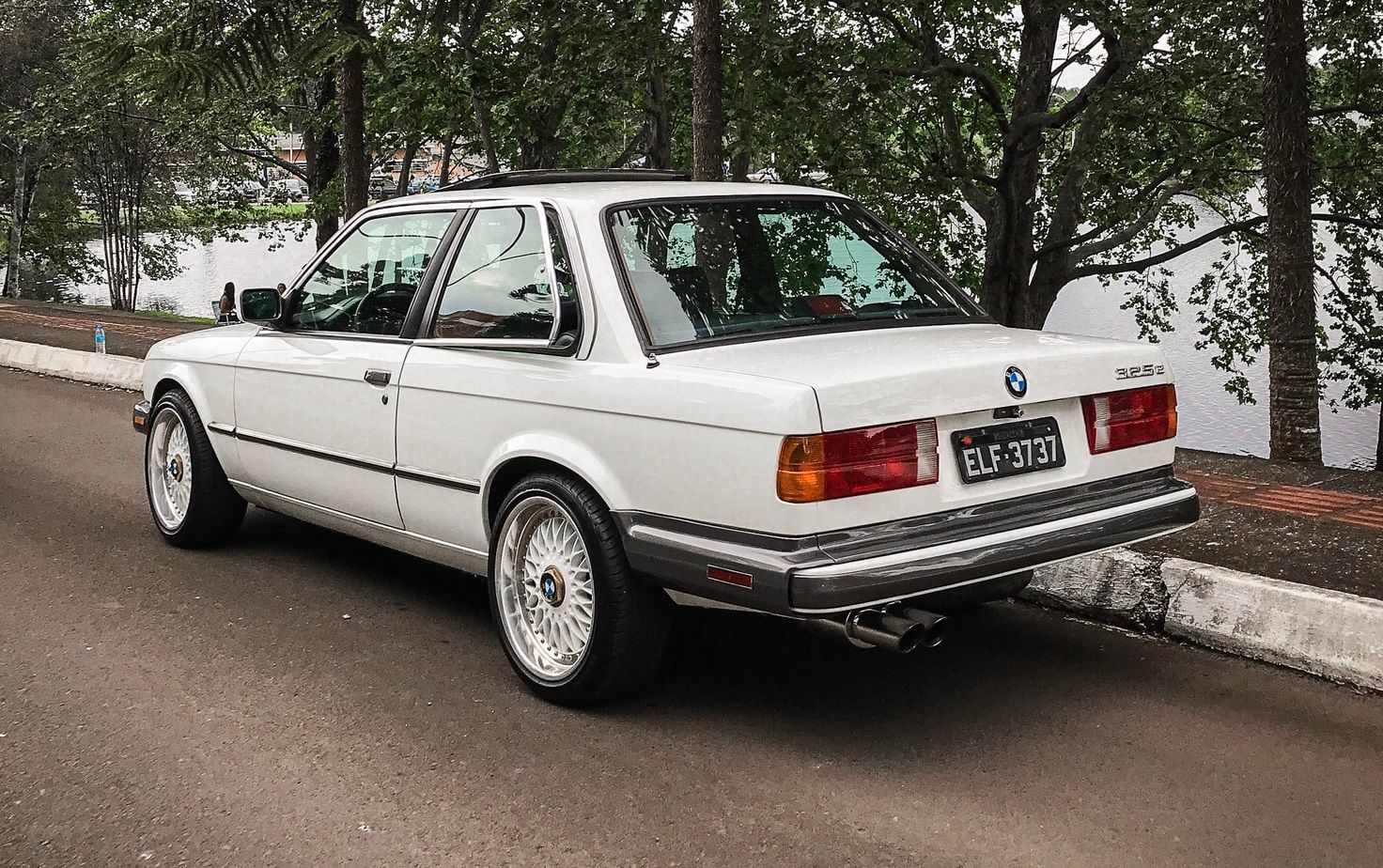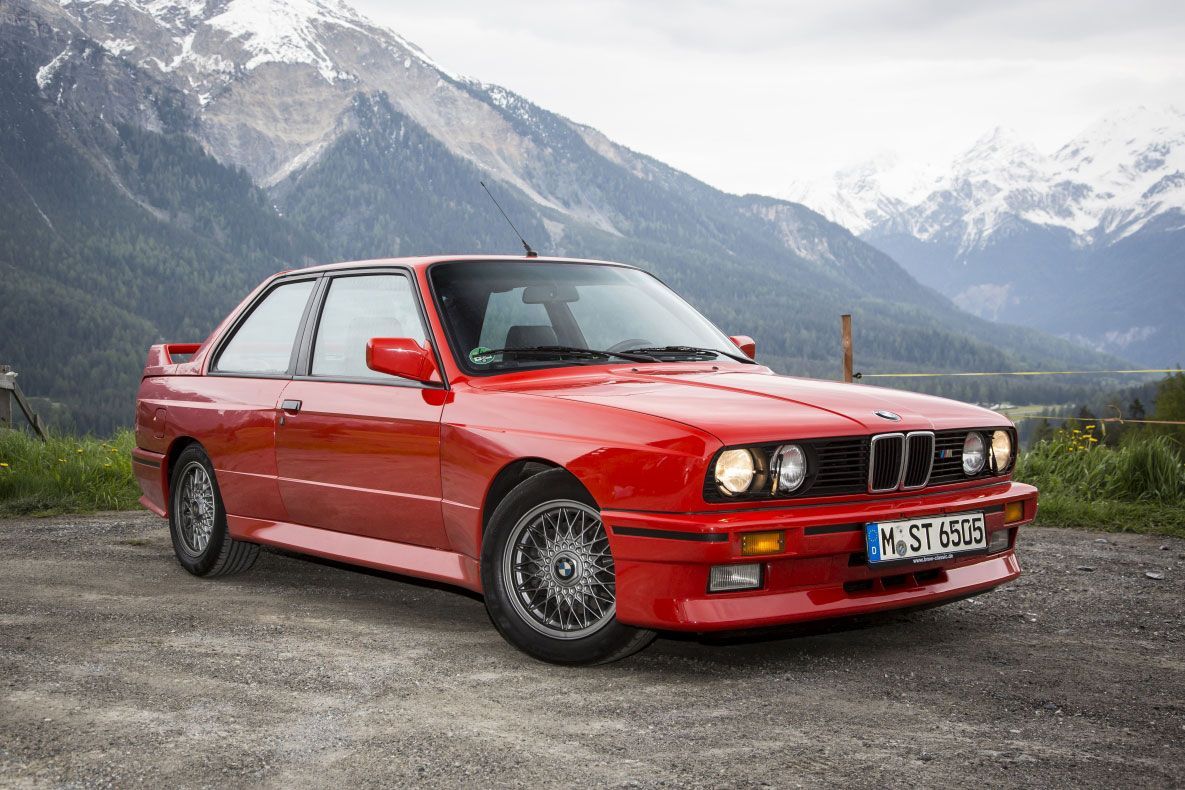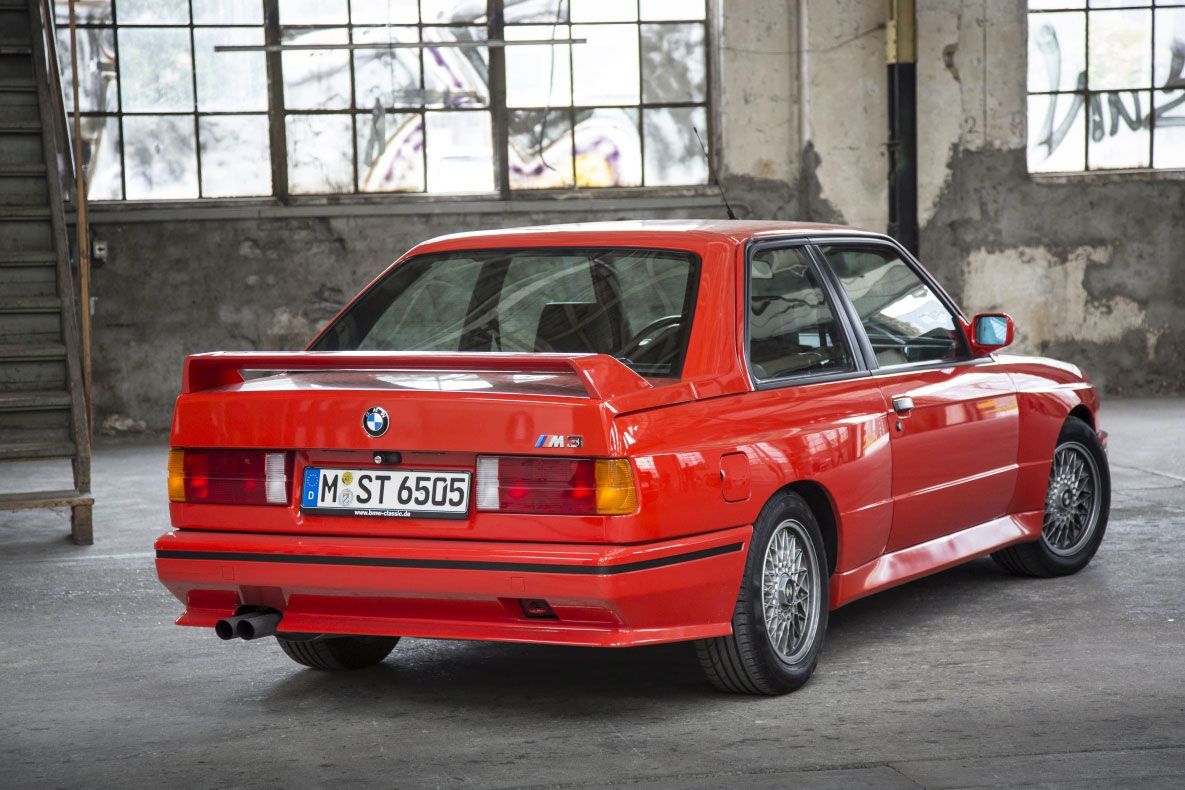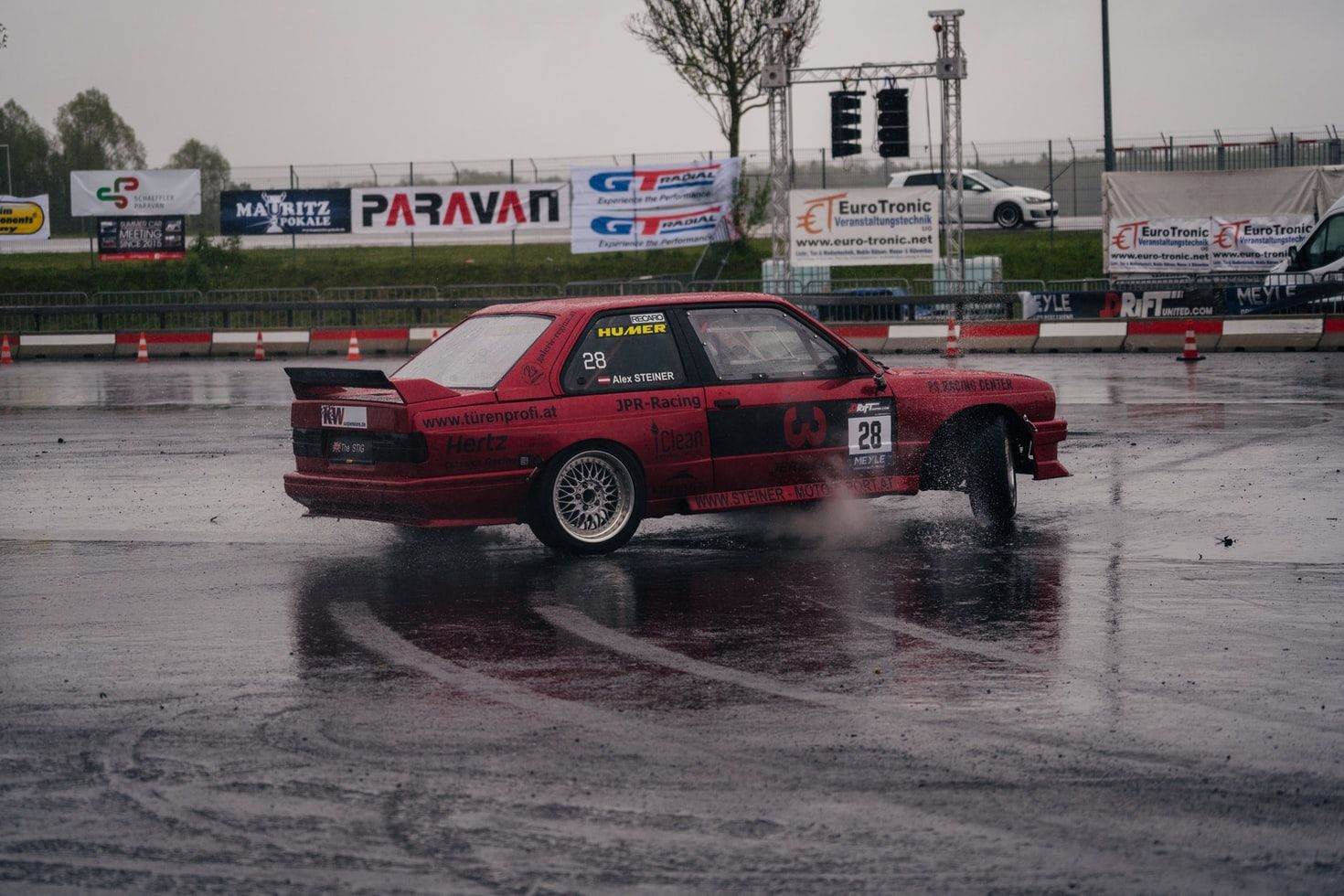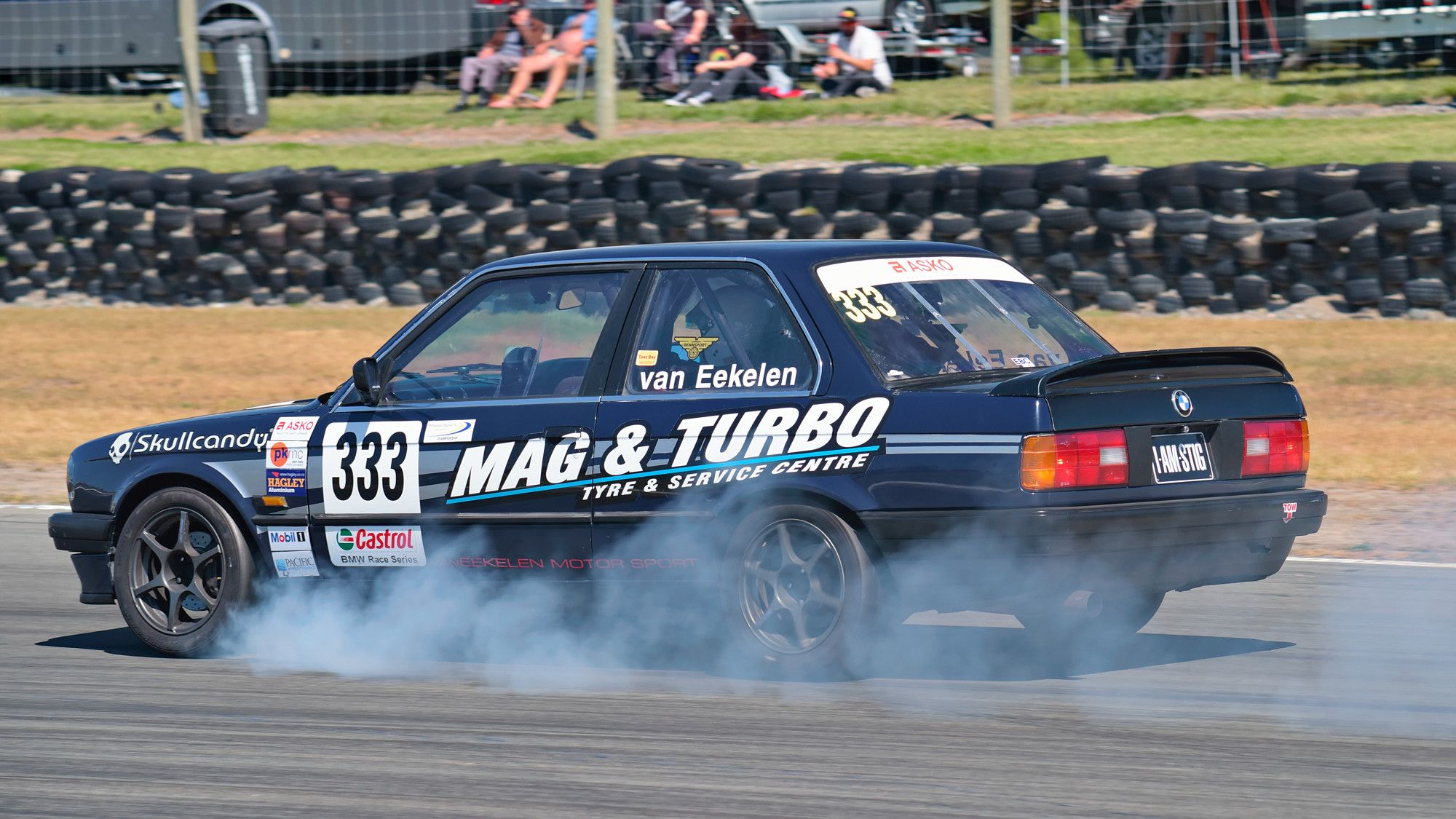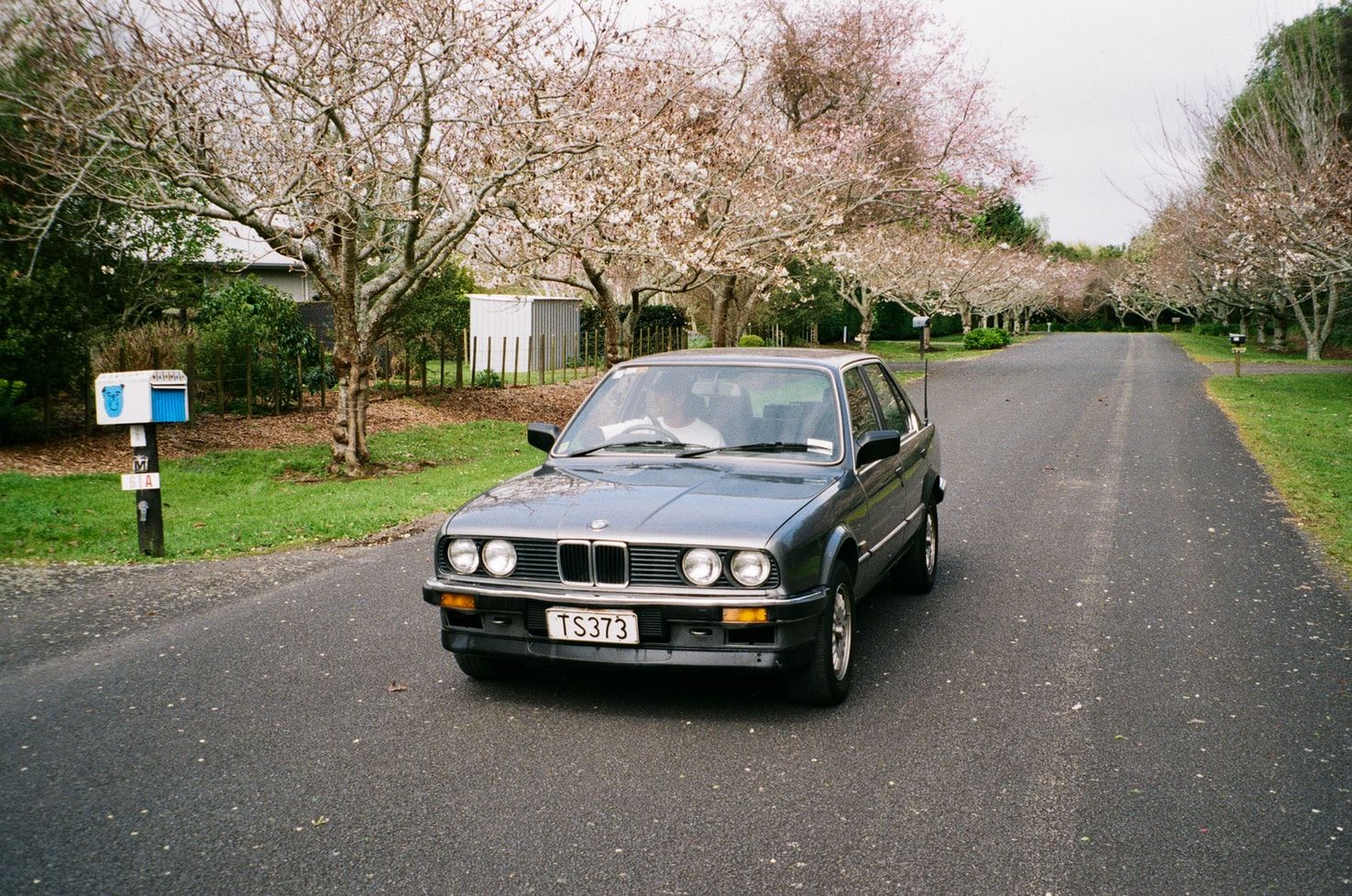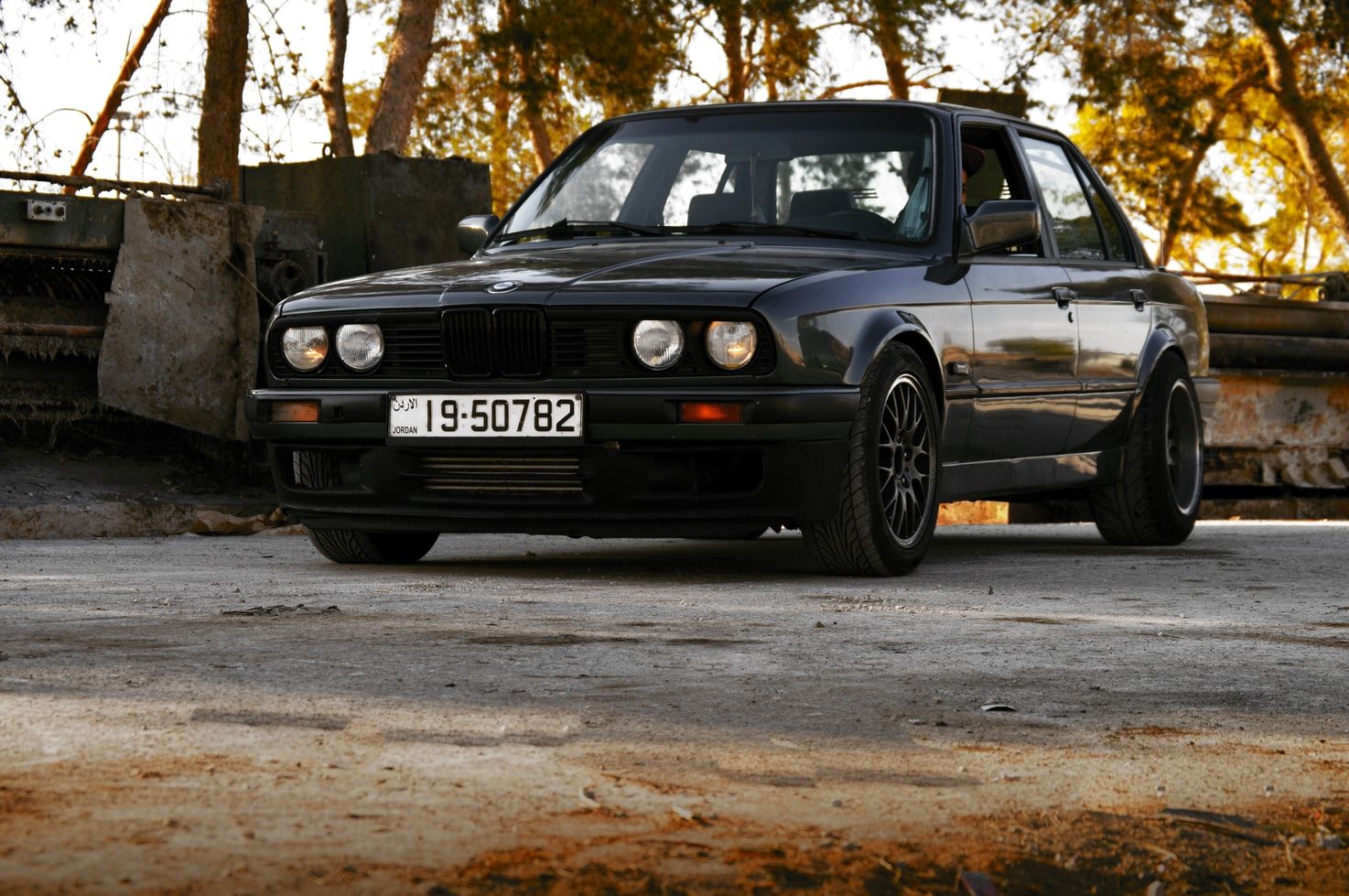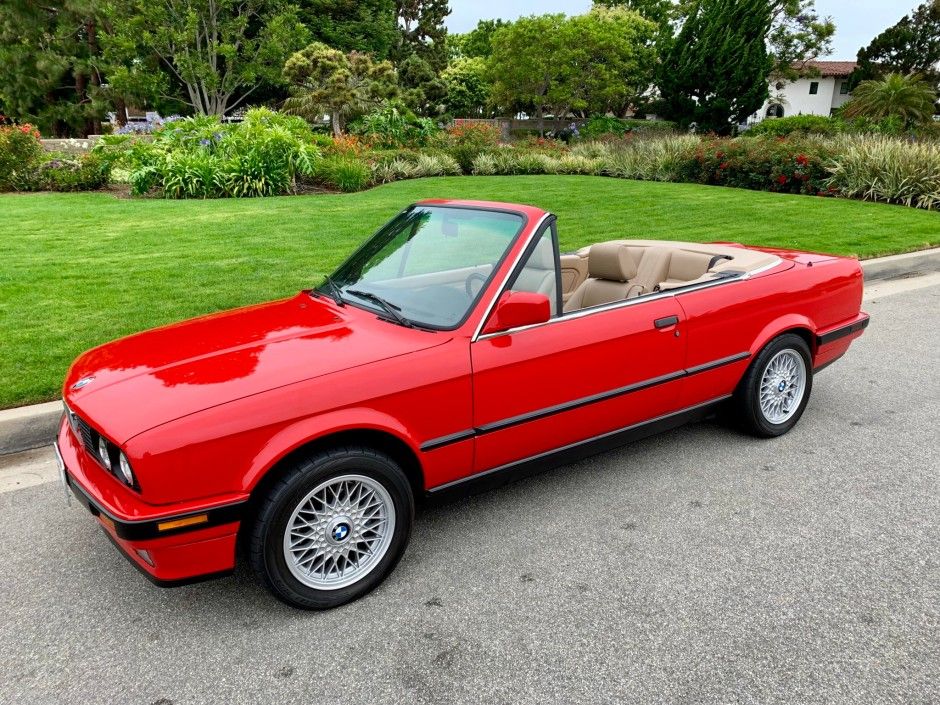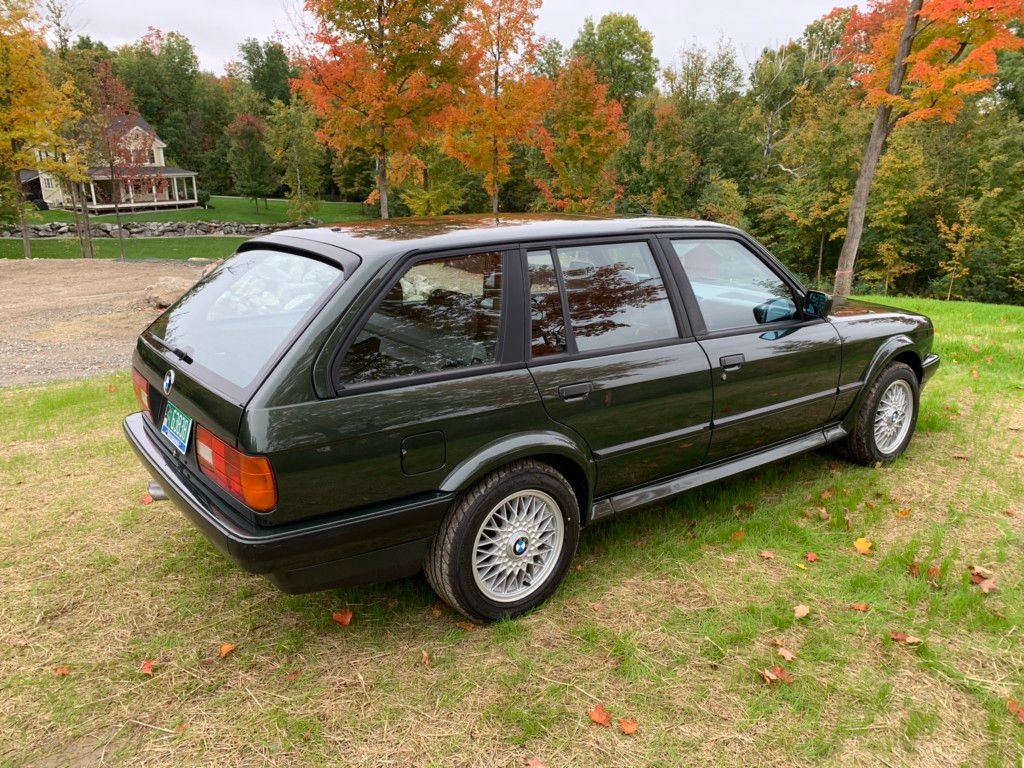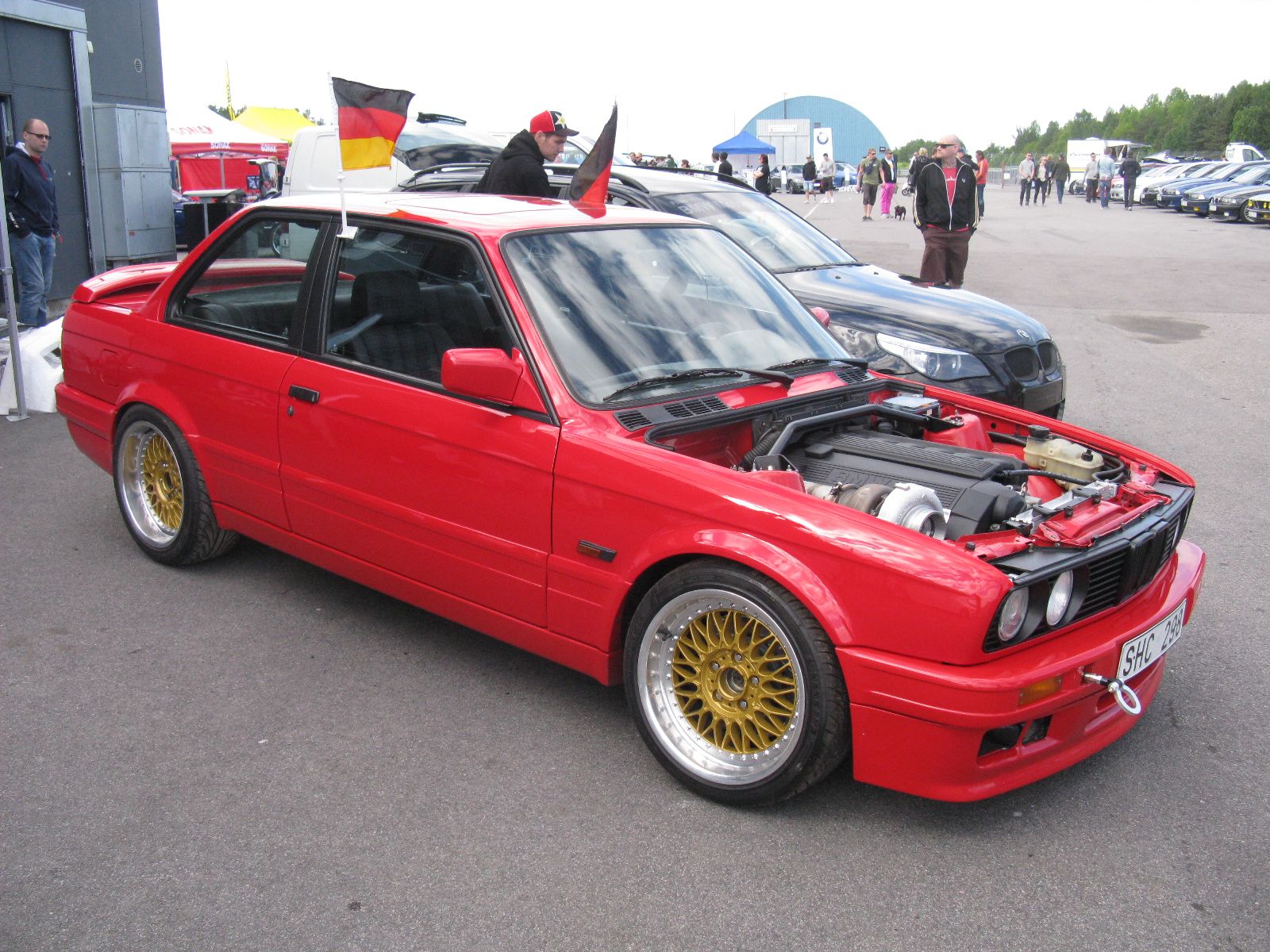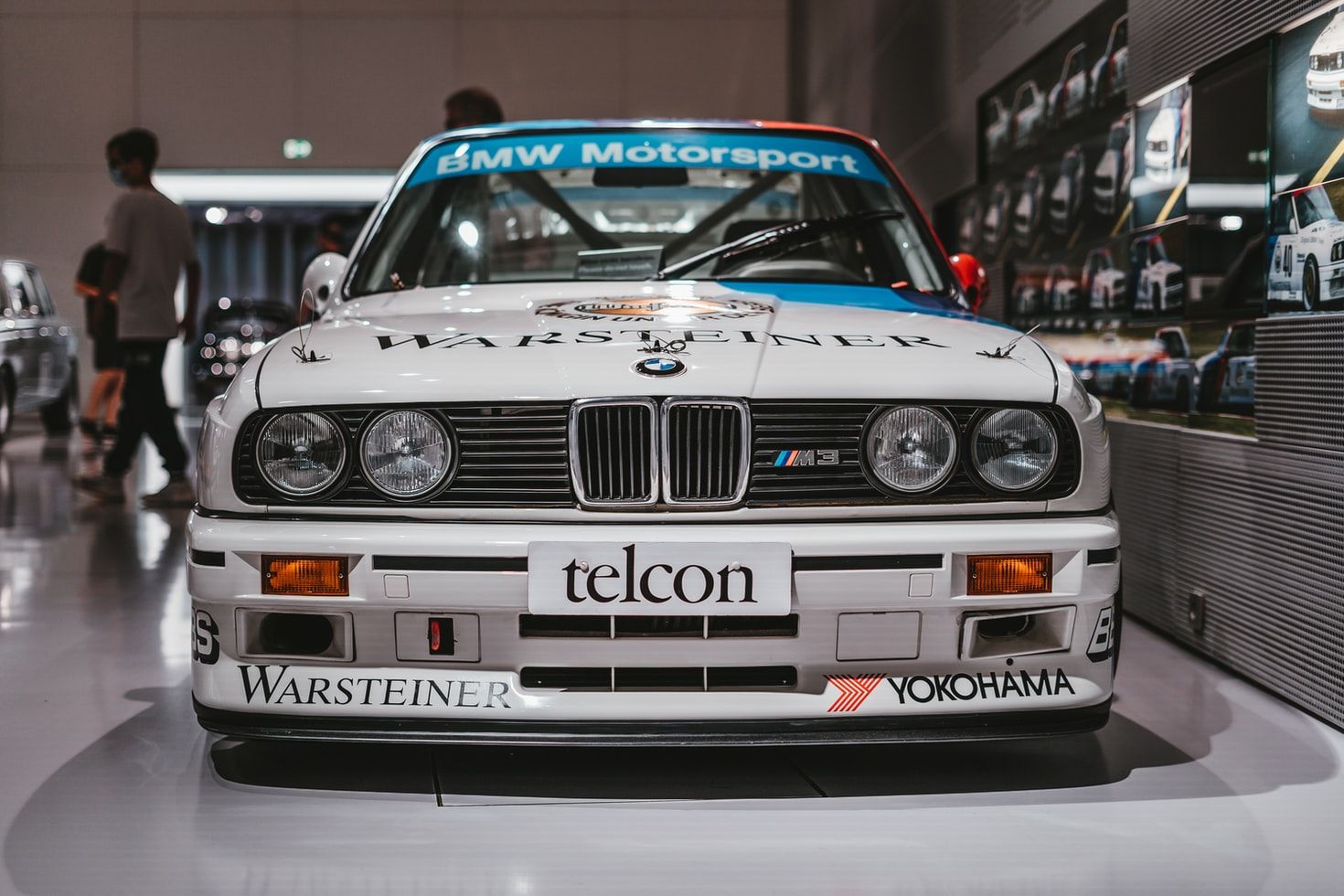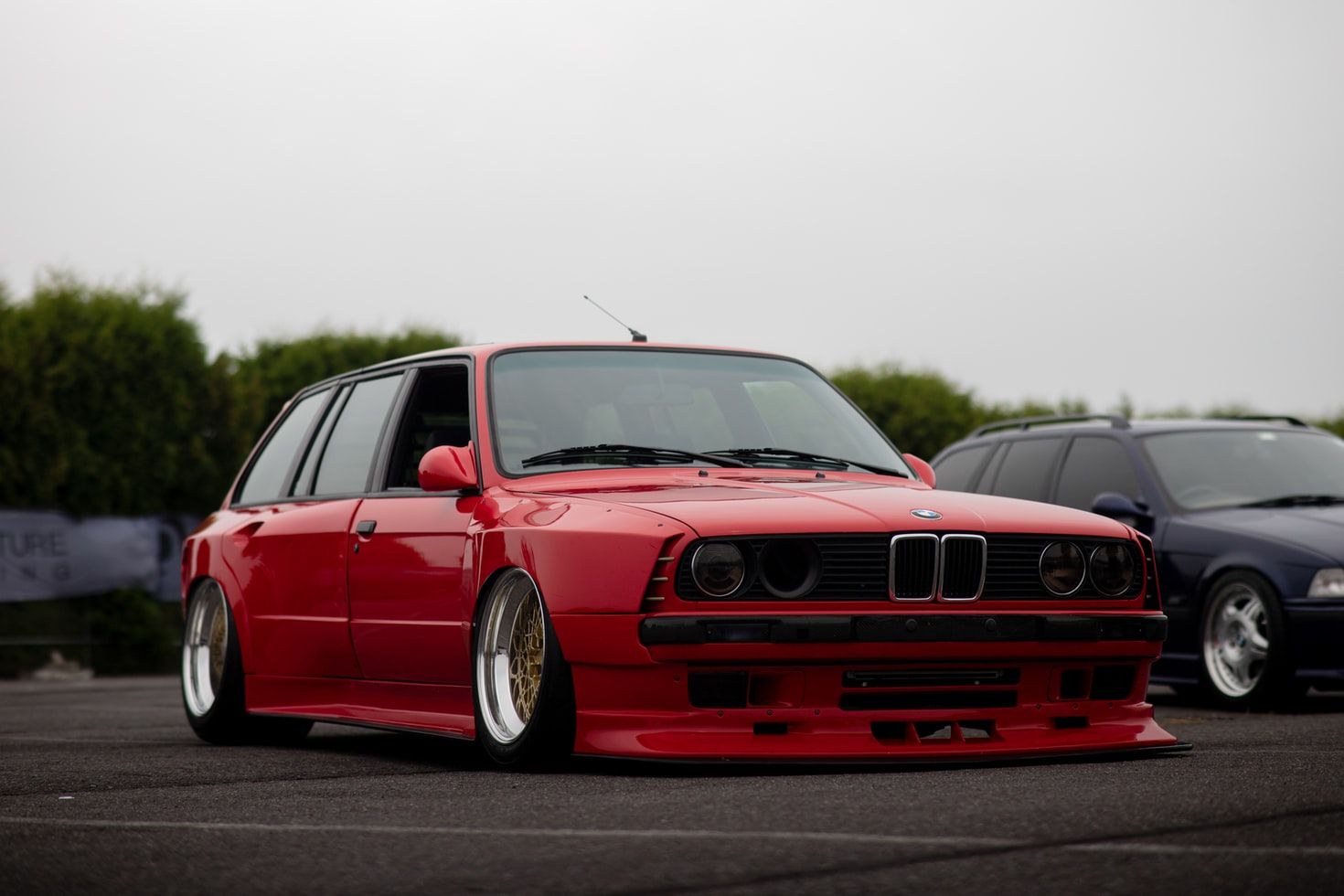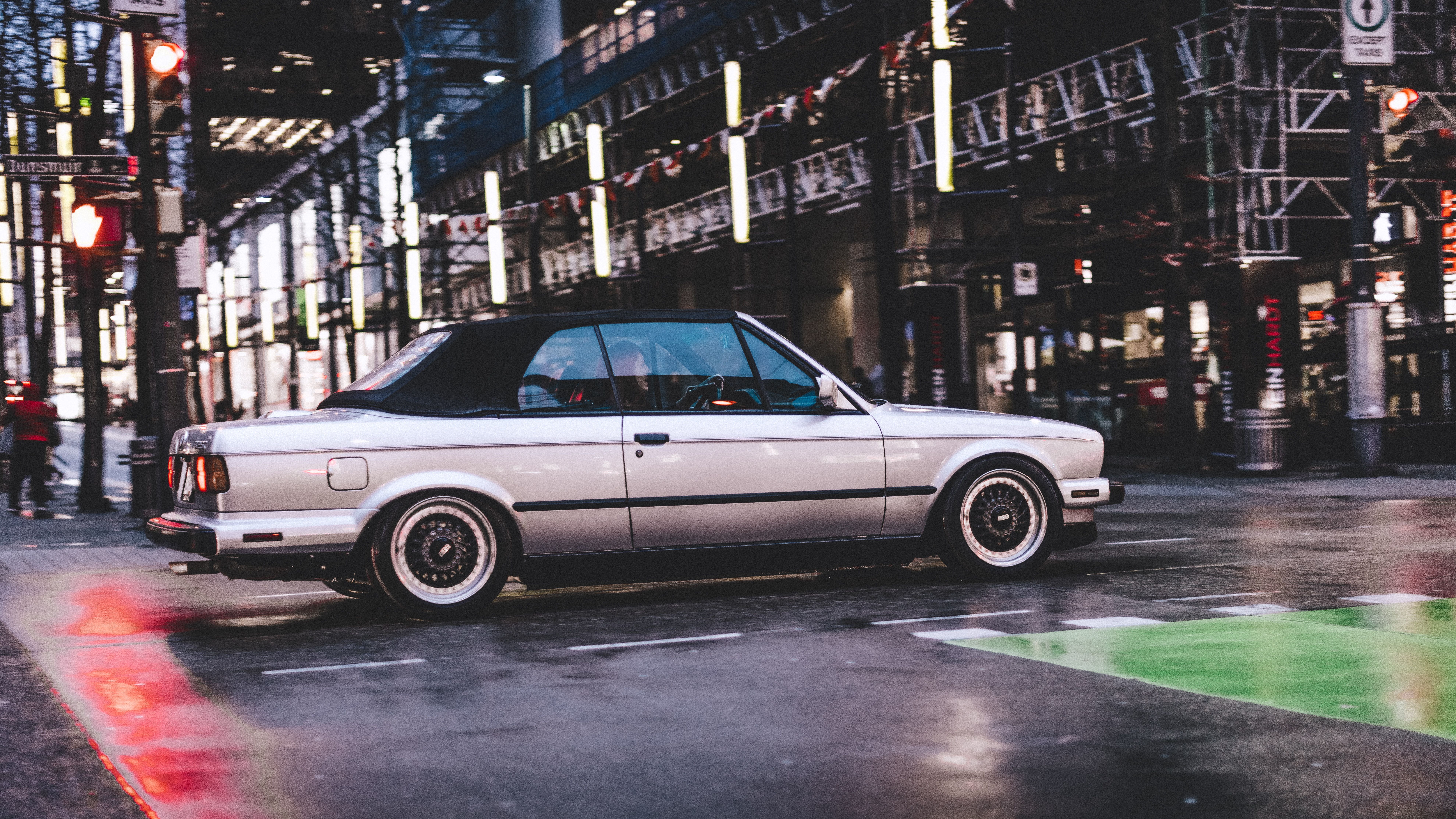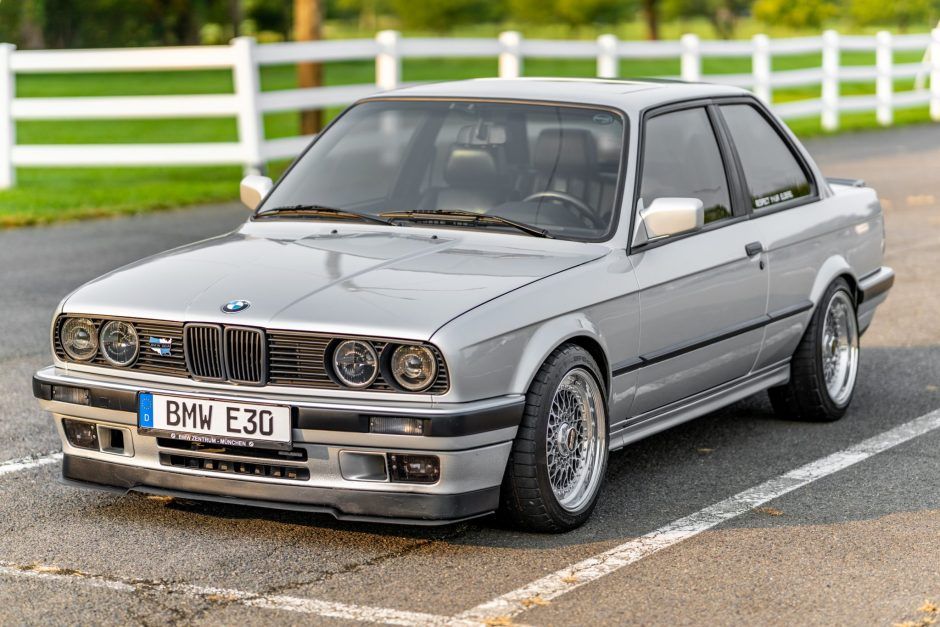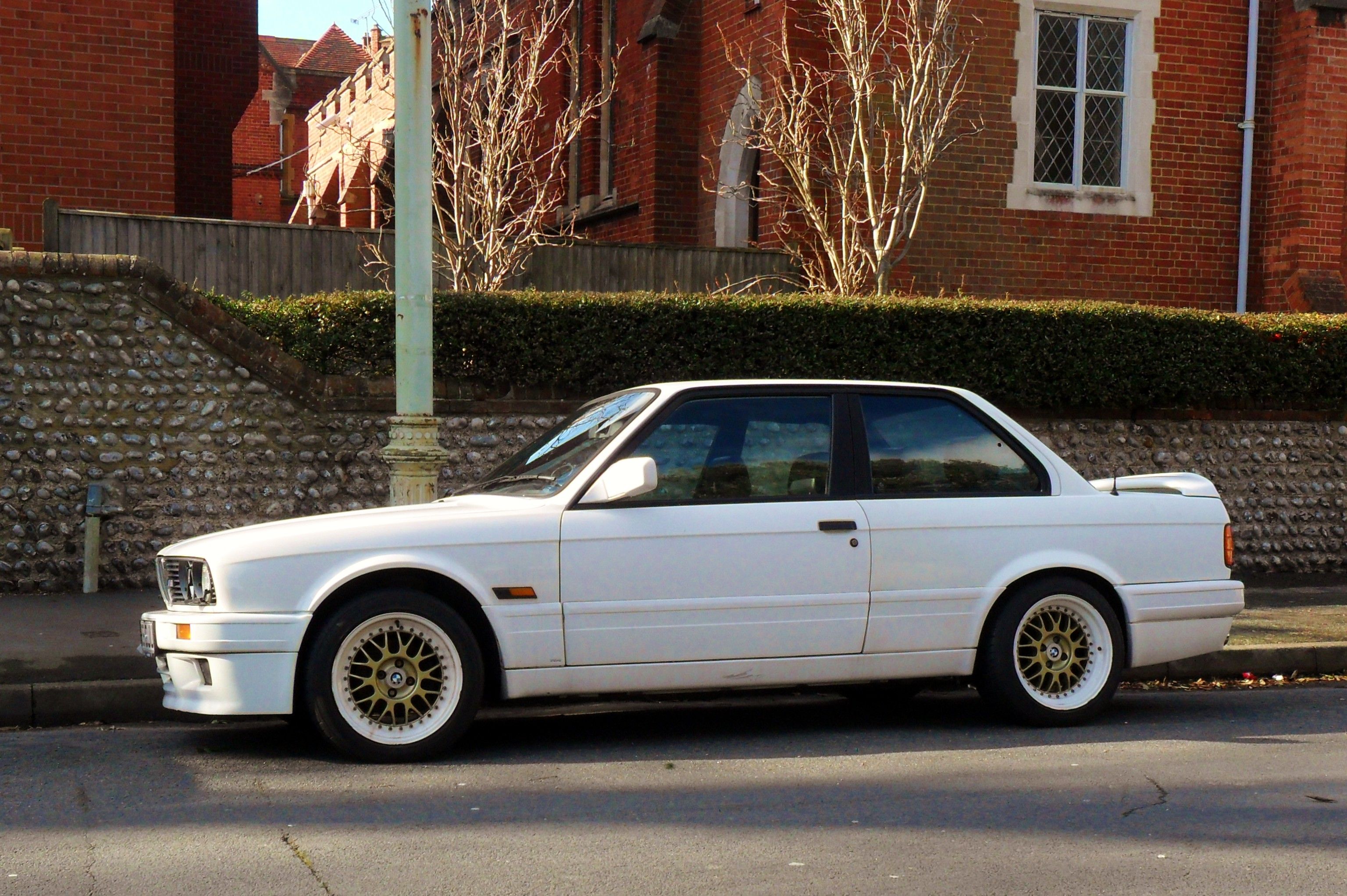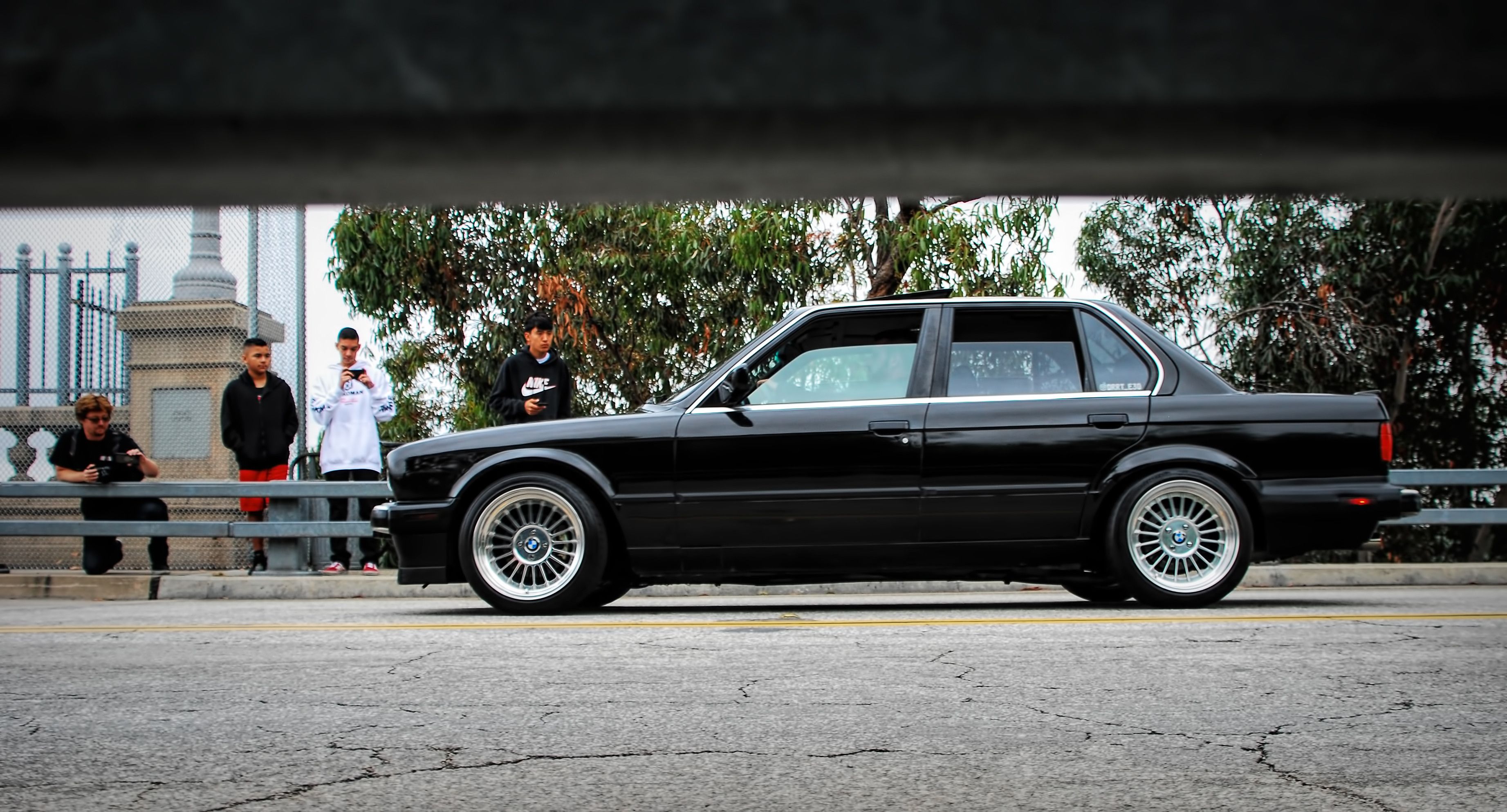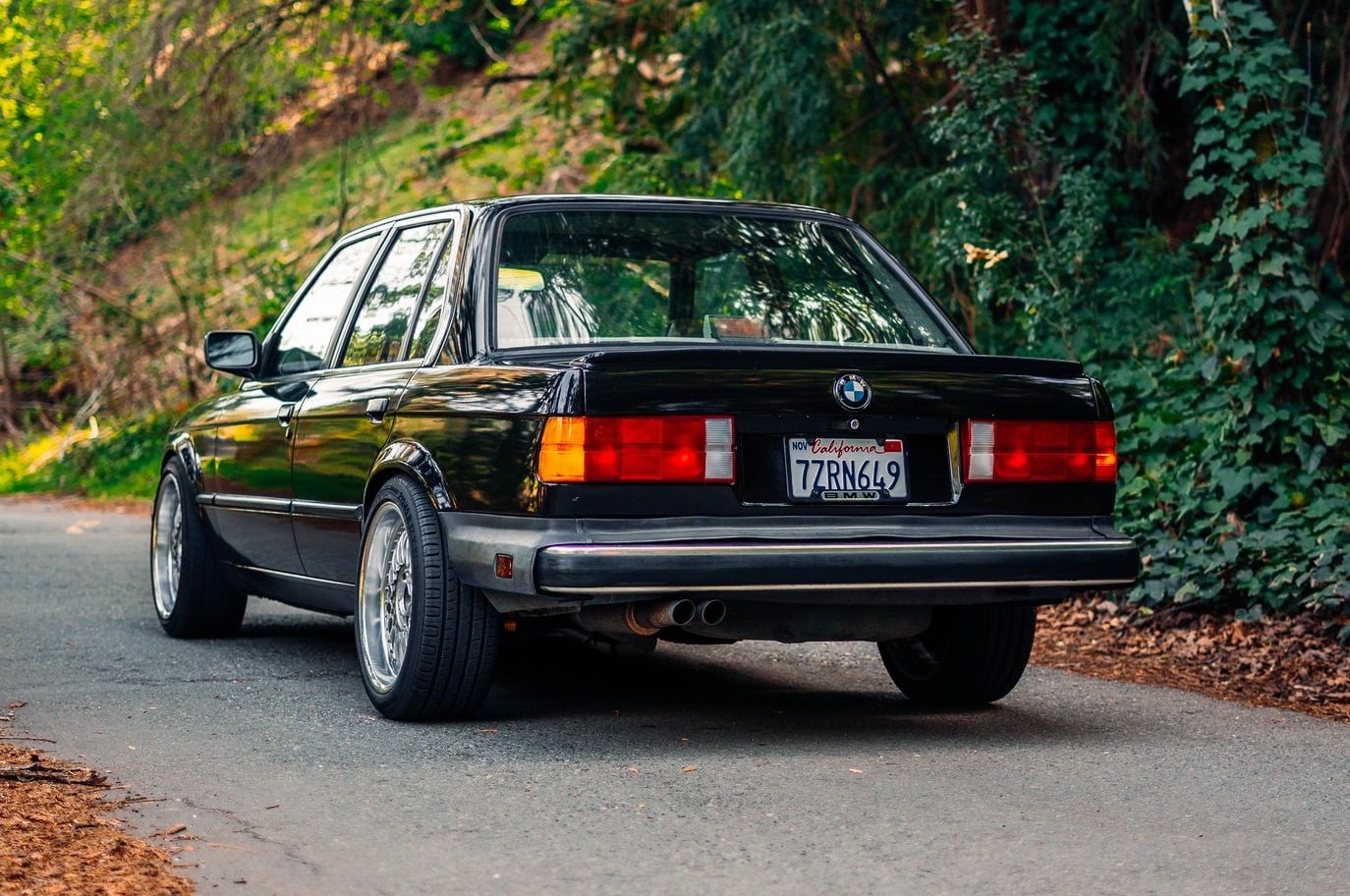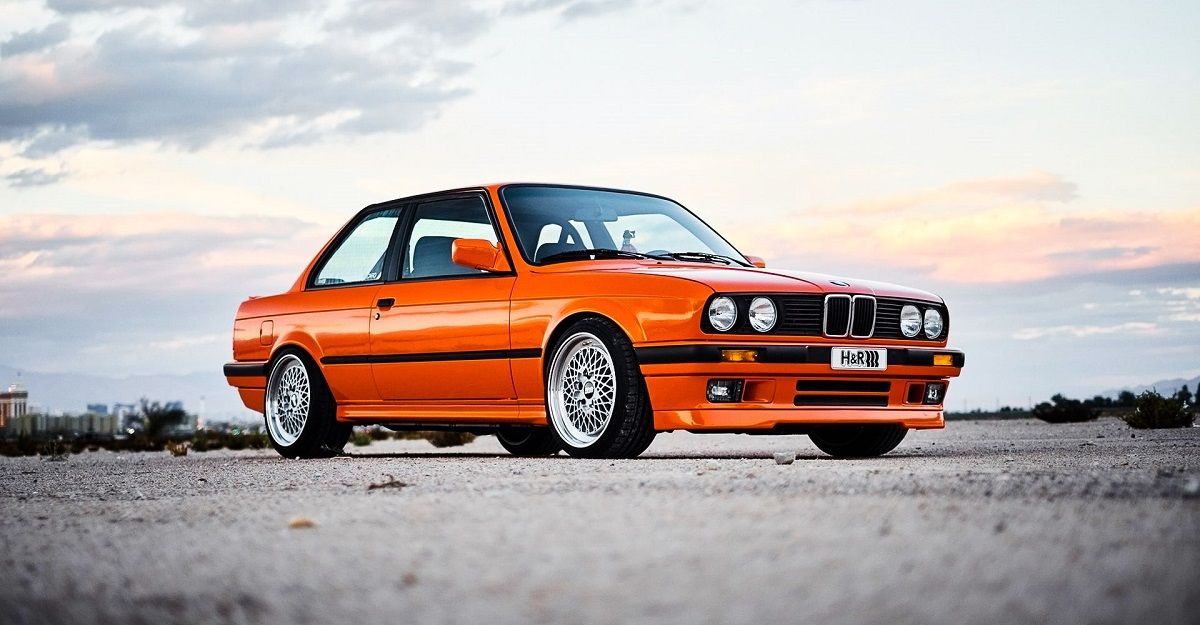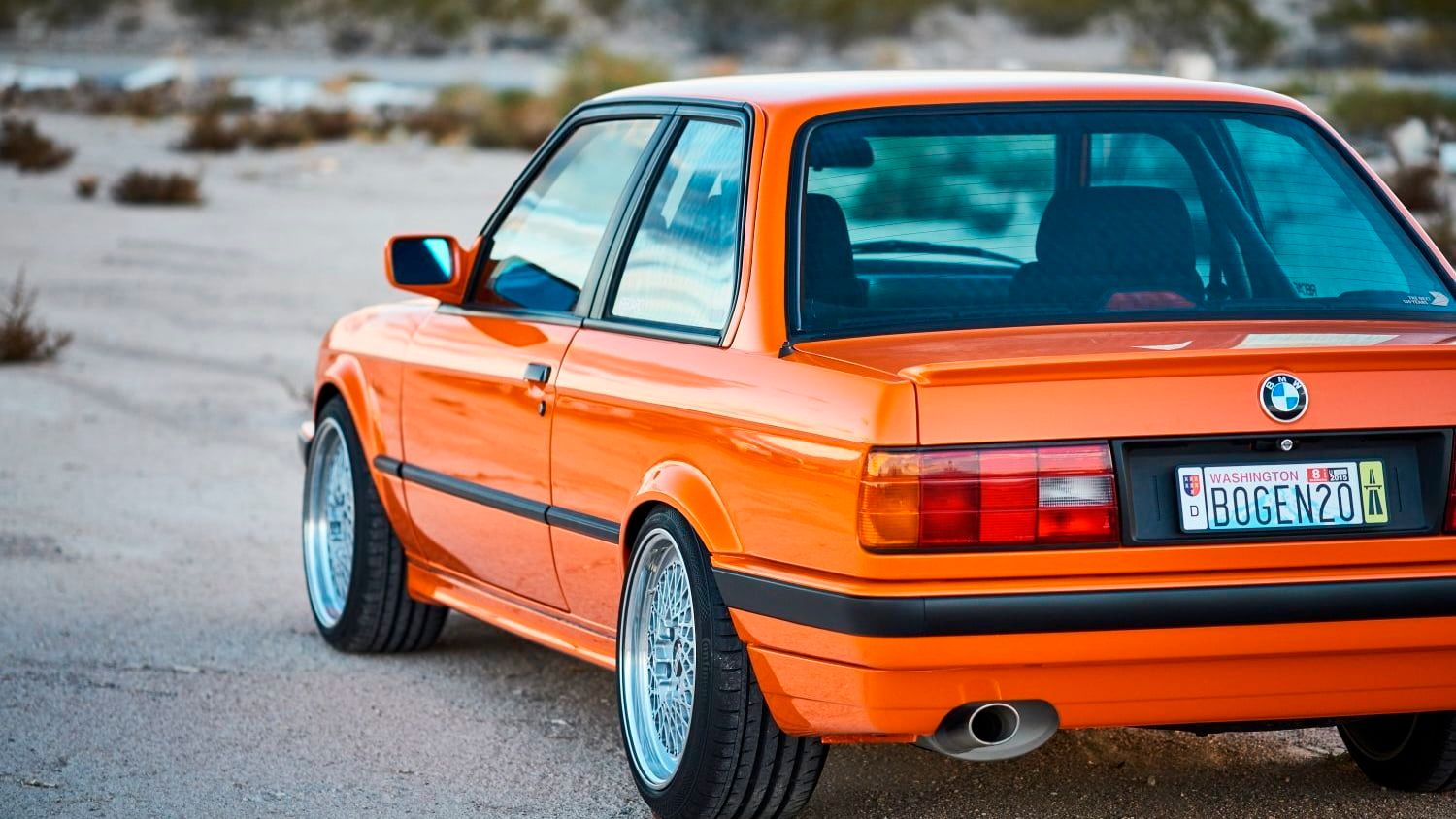BMW has built numerous models over the years, but only a few have enjoyed the same widespread affection from gearheads as the E30 generation 3 Series. Built between 1982 and 1994, the humble E30 carved a fresh identity for BMW, making the E21 preceding it an easily forgotten generation. However, the American market was slow in adopting the model, with the first E30s arriving for the 1984 model year.
The E30's broad mission statement sufficiently allowed BMW to conquer the American luxury market while also spearheading its factory racing efforts. Today, the 3 Series is arguably one of the easiest modern classics to drive and own. And although power is modest in any model lacking the M badge, the responsive chassis and low curb weight ensure handling is pleasant and elegant, a stark contrast to the larger coupes and sports sedans on today's market. Of course, the 3 Series brings a lot more to the table, so here's a list of reasons why every gearhead should own a BMW E30.
10 The Timeless Design Makes The E30 A Modern Classic
Penned by Claus Luthe in 1978, the E30 3-Series features the same iconic yet timeless twin headlight design as the E21 predecessor, with notable changes in interior features and a revised suspension. There are two easily distinguished versions of the E30: those offered from 1984 to 1987 and those built between 1988 and 1991.
The 1984-87 U.S.-spec E30 models feature the elongated front and rear aluminum bumpers, fondly labeled as 'diving boards.' Subsequent updates between 1987 and 1989 produced the most desirable design, featuring styling changes like the rear lights, rear apron, license plate frame, headlight reflectors, chromeless window frame, and shorter plastic bumpers in body color.
9 BMW Built The First M3 On The E30 Platform
The BMW M3 is one of the most iconic vehicles in the BMW M lineup, boasting numerous championship victories in touring car racing. Built as a racing homologation model, the M3 E30 was a roaring success on the world's greatest racetracks and everyday roads.
BMW Motorsport GmbH carried over several components from the 3 Series production car, fitting it with better aerodynamics, braking systems, racing suspension and damping, and a classic racing manual transmission. Since BMW sold about 5,115 examples in the U.S. and just over 17,000 worldwide, the M3 variant is not just the most desirable E30 but also boasts some of the rarest editions.
8 The E30 Has Racing Pedigree
BMW has a rich history of success in a range of motorsports activities, with the M3 E30 widely recognized as the world's most successful BMW road race car. However, other E30 variants have also had a share of the fun. The National Auto Sport Association introduced the Spec E30, a class of racing cars modified to take on road racing events.
The specified racing class comprises U.S.-spec BMW E30 325i sedans and coupes with the M20B25 engines offered between 1987 and 1991. The goal for Spec E30 racing is to encourage low-cost entry-level competition with similarly modified production cars. Gearheads today can truly enjoy the E30's sporty performance, considering its undeniable motorsport capabilities and impressive racing pedigree.
7 The E30 Is A Luxurious Passenger And Sports Car In One
Besides the sporty performance, BMW intended to deliver a luxury compact for the upmarket. The E30 succeeded where the E21 had fallen short, competing with Mercedes-Benz on all fronts to attract more American luxury buyers.
The E30 arrived as a gateway to the pleasures of European driving dynamics, and it quickly became the yuppiedom's official ride of choice. Although luxury standards in the '80s and '90s are no match for modern luxury SUVs, the E30's features make it a great passenger car with sports car qualities and everyday practicality.
6 BMW Built The E30 In Different Body Styles
As BMW's entry-level luxury car, the E30 was available in several body styles throughout its impressive production run. The initial models built in 1982 featured a coupe body style, similar to the preceding E21 models. Four-door sedan models arrived in 1983, while convertibles got introduced in 1985.
The E30 was the first 3-Series to feature four-door sedan and five-door wagon body styles, which BMW later produced in 1987. The impressive range of body styles ensures that there's something for everyone, allowing enthusiasts to enjoy the E30 experience in their preferred configuration.
5 A Family Of Engines To Choose From For The E30
With several E30 body styles over the years, BMW also offered a varied selection of drivetrains. As such, BMW loosely named each model after the engine size: "I" denotes fuel injection, "e" stands for economy, a trailing "s" means sport, and a trailing "x" shows the presence of all-wheel drive.
The most common model in the U.S. is the 140hp 318i, followed by the 168hp 325i. Other outliers include the 105hp 316i, 140hp 318is,197hp M3, 129hp 320i, 121hp325 e/es, 168hp 325is, and 168hp 325ix. Despite the mouth-watering variety of fuel-injected four-cylinder and six-cylinder engines, it's wise to choose a variant with minimal issues.
4 The E30 Enjoys A Healthy Aftermarket
Globally, there's no shortage of E30s, considering BMW built well over two million examples. Of these, the U.S. accounts for slightly under 350,000 units. The high production numbers ensure a reasonable safety net today for relatively plentiful and affordable parts. However, this doesn't apply to the more exotic ix and M family members.
In addition, the E30's cult status means there's an enormous community dedicated to keeping them on the road, modifying them for better aesthetics and extra performance. But, like every other classic car, common sense remains a pivotal approach while purchasing an E30.
3 No Import Restrictions On E30s Not Offered In The U.S.
The newest BMW E30 3-Series models are 28 years old at this point, meaning there are no importation restrictions on variants that never made it to the U.S. For instance, the wagon body style introduced in 1987, also referred to as the Touring model, was never officially imported to the U.S.
With Euro-spec models such as the M3 Evo 1, M3 Evo 2, M3 Sport Evo, 323i, and 324d, these E30s are now attainable under the 25-year exemption rule. Furthermore, BMW also offered special E30 models such as the 320is for Italy and Portugal and the 333i, 325is, and 325is Evolution HP for South Africa.
2 E30s Are Not Overpriced In Today's Market
For most purists, the E30 3-Series hit that sweet spot between the past and present BMW designs. Although the market was once flooded with E30 models, there's no arguing that the design looks old now, considering it stayed contemporary for quite a while.
Luckily, the E30s have become cheaper as they age and change hands. Their prices have been all over the place in recent years, and you could snag one at almost any budget. The only overpriced E30s are the exotic M3 variants that have continually fostered unmatched love and reverence.
1 E30s Have Become Increasingly Rare
Despite the impressive E30 production numbers, more cars disappear from the roads each year. The most common challenges with the E30 are rust on the bodywork and undersides and fastidious timing belt maintenance. And since most of them are now roughly the same age, they now show the same problems.
But with these challenges comes an opportunity. A good quality E30 could prove a worthy investment, since the increasing rarity improves the probability of increasing value down the line. And with the right care, the E30s are still excellent vehicles in a modern classic context.

